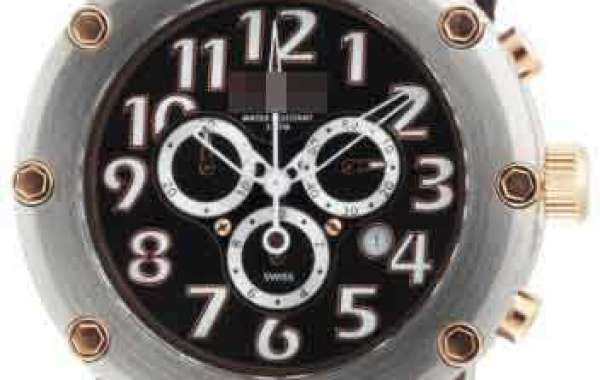The vintage, that is, the year the grapes were harvested, is possibly the most neglected of all the data and figures stated on a wine label. The date isn't usually obvious on the bottle, and it's not necessarily as evocative as other details like the region or producer.
# How a great vintage is made
1. Early and quick flowering, as well as good fecundity, ensure an adequate yield and the possibility of uniform ripening.
2. Enough hydric stress at fruit set to limit the immature berries' growth and define their eventual tannic content.
3. The vine's vegetative development is stopped before it becomes color, due to limited hydric stress, allowing all of the goodness from the root to pass into the grapes instead of unproductive growth.
4. Complete maturity of the grapes (as measured by sugar content and other parameters) is ensured by the canopy's (leaves) optimal functioning up to harvest time, with no further vegetative development (point 3).
5. Finally, there is a caveat, or what can be called a silent sixth sentence. It's the fact that the cost of making a superb wine is inextricably linked to its quality. The multiple operations required in the vineyard to produce excellent wine are very costly.
# How to make sure it is vintage?
A 'vintage' wine is created exclusively from grapes picked in the same year. Non-vintage wines are made from grapes for many years. Many of the most well-known champagne brands make non-vintage bottles.
#Rainy weather is key
Water is essential for a vine's recovery. The amount and timing of rain have an impact on the vine and the composition of the grape. A wet year can lower crop quality, while a severe drought can lower output and jeopardize the vine's health.
Rainfall must also be timed correctly. Winter rains build up a reservoir of water that the vine's roots will absorb during the growing season. Rainfall late in the season or during harvest, on the other hand, can be disastrous; grapes that absorb a lot of water dilute the sugar and aromatic components.
Rain can also enhance humidity levels, which can encourage the growth of rot and fungus.
#Time has a little role
When one listens to “vintage” they immediately think it should be old then we used to see the things. Well, this is not fully about wine, as we have already known from above, we call vintage only no-blend wines. So, if you read “2020 vintage wine” on a label, everything is correct, it’s the harvest year!
#Light
The importance of sunlight for happy grapes cannot be overstated. Photosynthesis is impossible without light, and plants will not be able to generate enough energy for grape development. Long days with little cloud cover represent good vintages, whereas poor light intensity during the growth season characterizes terrible vintages.
#They are affordable
Vintage everything is expensive, at least I always associate those words. Even if you’re ready to pay more money for vintage staff, you can find top wines under $50.
#Cool and Warm
Vintages are frequently classified as chilly or warm. The term "cooler vintages" refers to years with cooler temperatures and fewer significant heat waves. Higher acidity, freshness, and subtle fruity and floral aromas characterize these wines. Cooler vintages in cool locations can make grape ripening more difficult, especially for late-ripening varietals. Low temperatures might cause the vine's growth cycle to be delayed and the shoots to get insufficient energy during the growth stages. Cooler vintages, on the other hand, often provide an extra boost of freshness in hotter weather.










